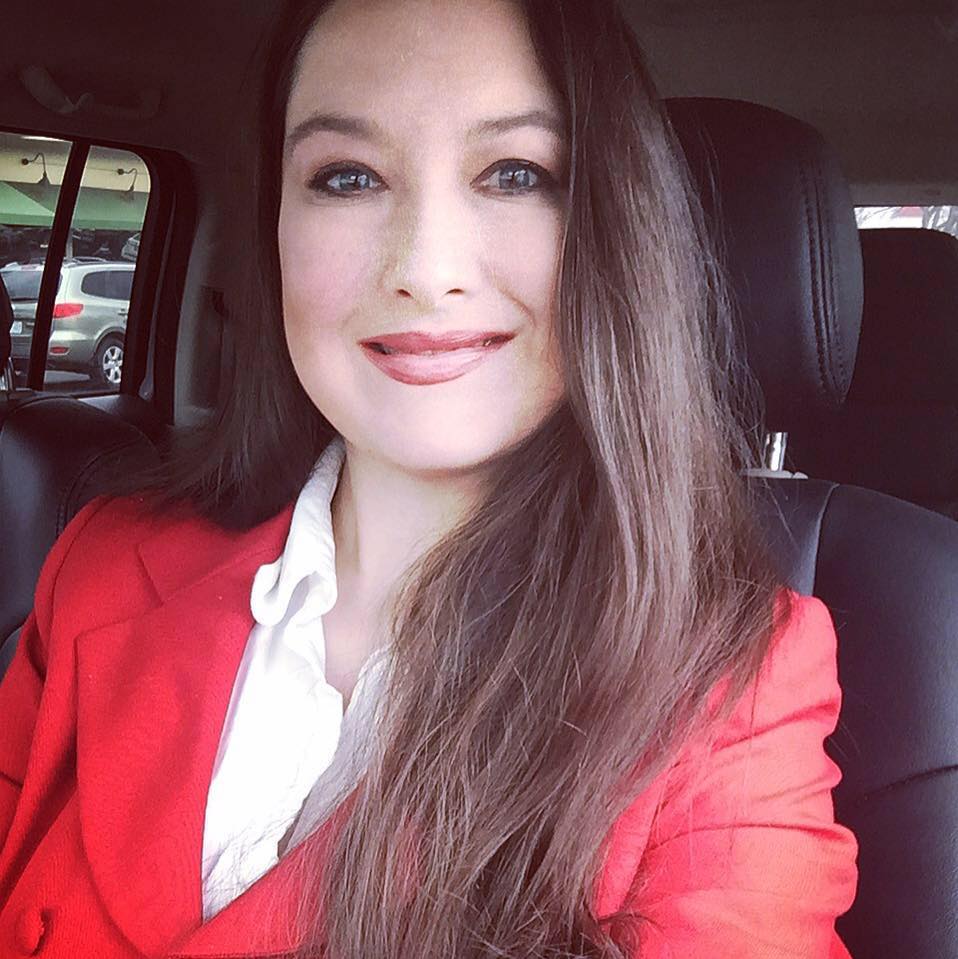Digital Faulkner
Digital Yoknapatawpha free
resource for scholars, public
By LaReeca Rucker
The Oxford Eagle
More than 50 years after William Faulkner’s last book, educators are creating an online database of William Faulkner’s books and short stories, featuring maps, characters and other information that can be accessed online by scholars and the public.
They’re calling it Digital Yoknapatawpha, a play on Faulkner’s Yoknapatawpha County, a fictional county based on and inspired by Lafayette County.
The digital endeavor was one of the topics discussed during the 2015 Faulkner and Yoknapatawpha Conference, “Faulkner and Print Culture,” on the University of Mississippi campus on Tuesday. The conference ends Thursday.
Stephen Railton, director of the DY project, is a professor of English at the University of Virginia and a “pioneer” in digital humanities.
Railton worked on digital projects involving the work of Mark Twain, Faulkner’s novel “Absalom, Absalom!,” and he helped digitize sound files on Faulkner’s classroom conferences at the University of Virginia before the DY project.
The website can be accessed at faulkner.iath.virginia.edu. It is free and open to the public.
“It’s still very much a work in progress,” he said. “A lot of things, like how to use it, instructions for using it, we haven’t done yet. So if the public goes, they are going to have to do their own exploring. But it’s very much online and freely available if anyone is interested.”
Railton said six Faulkner novels and more than 20 of his short stories have been added to the site.
“Ultimately, there are 14 novels and 54 short stories, so we are getting close to halfway,” he said.
There were two major goals in the creation of the site, Railton said.
“On one hand, I wanted to explore what we can do with electronic technology,” he said. “It’s a new tool. What could we use it to help us do to tell the stories that, as humanists, as teachers and readers of literature, are the stories we want our students and others to know?
Railton said the DY project was also created to see what the technology could tell us about Faulkner.
“We are building it to try to help scholars and critics interrogate Faulkner and Yoknapatawpha fiction,” he said.
It’s also a pedagogical tool and resource for classroom teachers.
Users can currently search the site for 1,956 Faulkner characters and 2,886 events in the novel.
“The goal, of course, is for the project to include all the novels and stories that Faulkner set in Yoknapatawpha before we finish,” Railton said. “We are closer to the beginning than to the end.”
One of the things that makes the DY project possible is the way Faulkner prepared two different maps of Yoknapatawpha, Railton said.
“It’s something that he felt was a useful tool for his audience,” he said. “All of our maps are closely related to the two that he drew, but none of them are exactly the same as those.
“One of the goals of the project is to capture the way he kept recreating Yoknapatawpha each time he returned to it in order to serve the particular imaginative needs of any given text.
“Eventually, I’m hoping it’s going to be possible for people to animate the process by which Yoknapatawpha was constantly in motion in Faulkner’s imagination over the course of his career.”
Theresa Towner, professor of literary studies at the University of Texas at Dallas, said the DY project is not a substitute for reading Faulkner.
“You have to know, in some sense, what you want to know,” he said. “To my mind, the two most significant uses of Digital Yoknapatawpha in the classroom are to illuminate Faulkner’s use of characters and how to understand him as a craftsman of fiction.”
Jennie J. Joiner, chair of the Division of Humanities and Fine Arts and associate professor of English at Keuka College, said students must be instructed how to use the site.
“One of the things we are looking at and trying to blow up and explode is the myth of the digital native,” she said. “So we come into this thinking our students have their phones. They have their laptops. They have their iPads. They are going to teach us stuff. We are going to give them this interface, and they are going to understand it.”
Joiner said they are learning that is not true.
“It’s like saying ‘because I can use words, I can automatically read,’” she said. “Students have the tools, but they don’t know how to use them.”
Railton said the project has illuminated how complicated Faulkner’s texts are.
“He’s a great storyteller, but he hardly ever sits down and tells a story from start to finish, from one point of view,” he said, “and we’re trying hard to make sure the project and technology represents the complexity.
“I think it is one of his great gifts as a writer, that he can tell these stories, and create these incredibly memorable characters, but in a way that reminds us how tricky, and slippery, and ambiguous life and meaning are, so we can be tremendously moved, but never sure what is going on at the same time.”
lareeca.rucker@oxfordeagle.com
